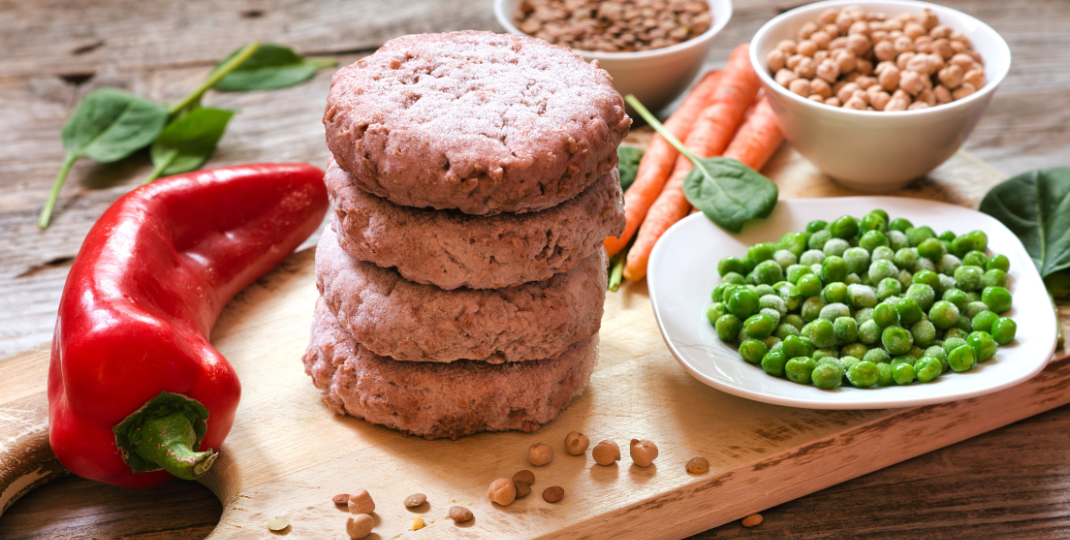Single cell protein (SCP) application refers to the utilization of microorganisms to produce high-quality protein as an alternative food source for both humans and animals. SCP is derived from various microorganisms such as bacteria, yeast, fungi, and algae, which are cultivated in large-scale fermentation processes. This innovative approach offers numerous advantages, including its potential to address global food security challenges, reduce environmental pressures associated with traditional livestock farming, and provide a sustainable source of protein that can be produced rapidly and efficiently. With the growing recognition of the need for alternative protein sources, SCPs have gained significant attention in recent years and hold great promise for revolutionizing the future of food production and consumption.

What are the potential risks and safety concerns associated with consuming single cell protein?
Consuming single cell protein may pose several potential risks and safety concerns. One concern is the presence of toxins or contaminants in the production process, which could lead to health issues if not properly monitored or removed. Another risk is the possibility of allergic reactions or intolerance to the protein source, especially for individuals with specific food allergies. Additionally, there may be concerns regarding the long-term effects on human health due to limited research and knowledge about the safety of consuming single cell protein. It is important to conduct thorough assessments and regulatory measures to ensure the safety of this alternative protein source before it becomes widely available for consumption.

How does the taste and texture of single cell protein compare to traditional sources of protein?
The taste and texture of single-cell protein can vary depending on the specific method used for its production. However, in general, single-cell protein may have a different taste and texture compared to traditional sources of protein. It can have a mild or neutral flavor and a fine, powdery or granular texture. Some forms of single-cell protein can be processed and transformed into various textures and forms such as powders, flakes, or even meat-like products, similar to traditional protein sources. Overall, the taste and texture of single-cell protein can be customized to mimic or complement traditional sources of protein, providing a versatile alternative for various culinary applications.
Are there any ethical considerations regarding the production and use of single cell protein?
Yes, there are several ethical considerations regarding the production and use of single cell protein (SCP). Firstly, there is a concern about the potential impact on traditional agriculture and livestock farming. If SCP becomes a widely adopted alternative source of protein, it could lead to job losses in the agricultural sector and potentially disrupt the livelihoods of farmers. Additionally, there may be concerns about the safety and long-term effects of consuming SCP, as it is a relatively new technology. Adequate testing and regulatory oversight are essential to ensure its safety for human consumption. Lastly, there may also be ethical debates around resource allocation, as SCP production requires significant inputs such as land, water, and energy. It is crucial to consider the environmental implications and ensure that SCP production does not exacerbate existing resource shortages or contribute to further ecological degradation.
Can single cell protein be used as a replacement for animal-based protein in all food products?
Single cell protein (SCP) can potentially be used as a replacement for animal-based protein in many food products, but not necessarily all. SCP is a type of protein derived from microorganisms and can provide a sustainable and efficient source of protein. It has several advantages such as high nutritional value, minimal environmental impact, and scalability. However, the sensory properties, taste, texture, and functionality of SCP might differ from animal-based proteins, which could limit its use in certain food products. Additionally, consumer acceptance and regulatory approvals are important factors to consider when determining the feasibility of replacing animal-based protein with SCP in various food products.
What are the environmental impacts of large-scale production of single cell protein?

The large-scale production of single cell protein (SCP) can have several environmental impacts. Firstly, SCP production often requires the cultivation of microorganisms in bioreactors, which consume a substantial amount of energy. This energy consumption contributes to greenhouse gas emissions and climate change. Additionally, the production of SCP may require the use of synthetic fertilizers and pesticides, which can lead to water pollution and soil degradation. Furthermore, the disposal of waste generated during SCP production can also pose environmental challenges, particularly if proper waste management practices are not followed. Overall, while SCP production has the potential to address food security and reduce pressure on land and water resources, careful consideration and mitigation strategies are necessary to minimize its negative environmental impacts.

Are there any regulatory barriers or limitations for the use of single cell protein in certain countries or regions?
There may be regulatory barriers or limitations for the use of single cell protein in certain countries or regions. These barriers could stem from concerns about safety, environmental impact, or cultural beliefs surrounding unconventional food sources. Additionally, some countries may have specific regulations in place for novel food products, which may require extensive testing and approval processes before being allowed on the market. It is important to note that regulations and limitations can vary widely across different countries and regions, and it is essential for manufacturers and producers to comply with local laws and regulations when considering the use of single cell protein.
How cost-effective is the production of single cell protein compared to other sources of protein?
The cost-effectiveness of single cell protein production compared to other sources of protein varies depending on various factors such as the specific production method, scale, and market conditions. In general, single cell protein production can be a more cost-effective alternative due to its potential for high yields, reduced land and water requirements, and efficient nutrient utilization. It can also mitigate issues associated with traditional protein single cell protein application sources like agricultural land use, environmental pollution, and animal welfare concerns. However, the cost-effectiveness can be influenced by factors such as initial infrastructure investment, technological advancements, and market demand for alternative protein sources. As the field continues to develop and mature, the production of single cell protein has the potential to become increasingly cost-effective compared to conventional protein sources.

What are the long-term health effects of consuming single cell protein?

Consuming single cell protein (SCP) has been associated with several long-term health benefits. Firstly, SCP is a rich source of essential amino acids, vitamins, minerals, and fiber, making it a nutritious alternative to traditional protein sources. This can contribute to improved muscle strength, immune function, and overall well-being. Additionally, SCP production requires significantly less land, water, and resources compared to conventional livestock farming, contributing to environmental sustainability. However, as SCP technologies are still being developed, more research is needed to fully understand any potential long-term effects on human health and ensure its safety for consumption.
Exploring the Applications of Single Cell Protein
In conclusion, single-cell protein application holds immense potential in addressing various global challenges such as food security, environmental sustainability, and resource efficiency. As a sustainable and highly efficient source of protein, it offers a viable alternative to traditional animal-based protein sources. By utilizing microorganisms to convert low-value feedstocks into high-quality protein, we can reduce the pressure on land, water, and energy resources while minimizing greenhouse gas emissions. Moreover, the versatility of single-cell protein allows for customization and optimization of nutritional content, making it suitable for a wide range of applications in human and animal nutrition. While there are still challenges to overcome, such as scaling up production and ensuring consumer acceptance, the advancements in biotechnology and growing awareness of the need for sustainable protein sources make single-cell protein a promising solution for a more sustainable future.
